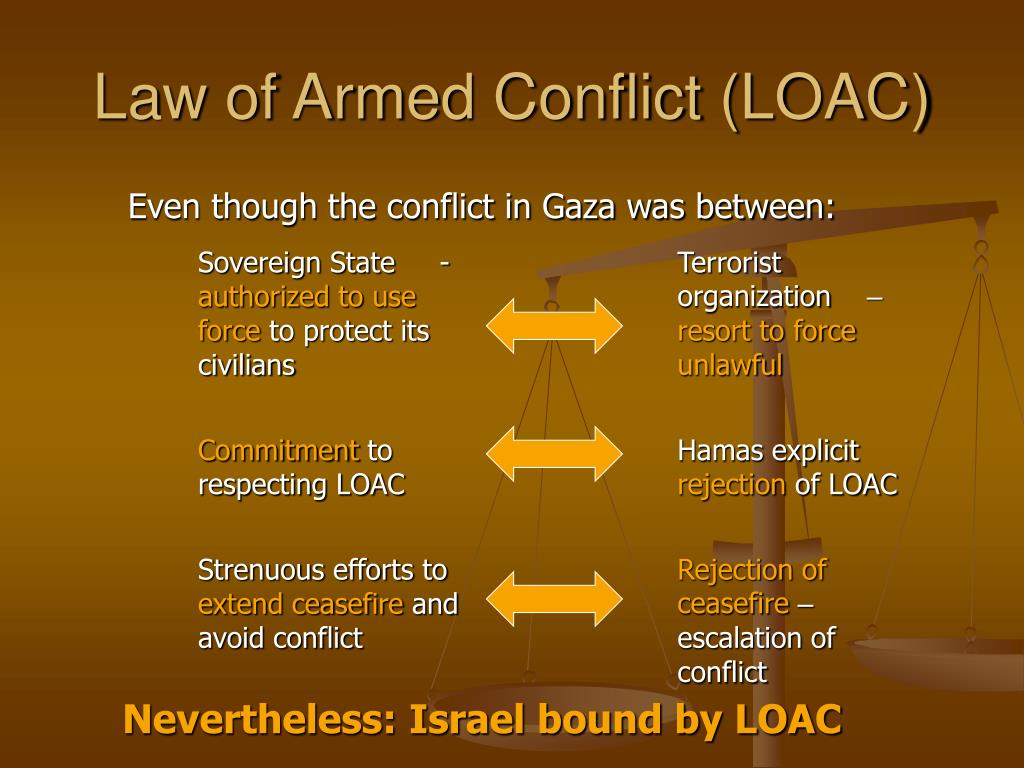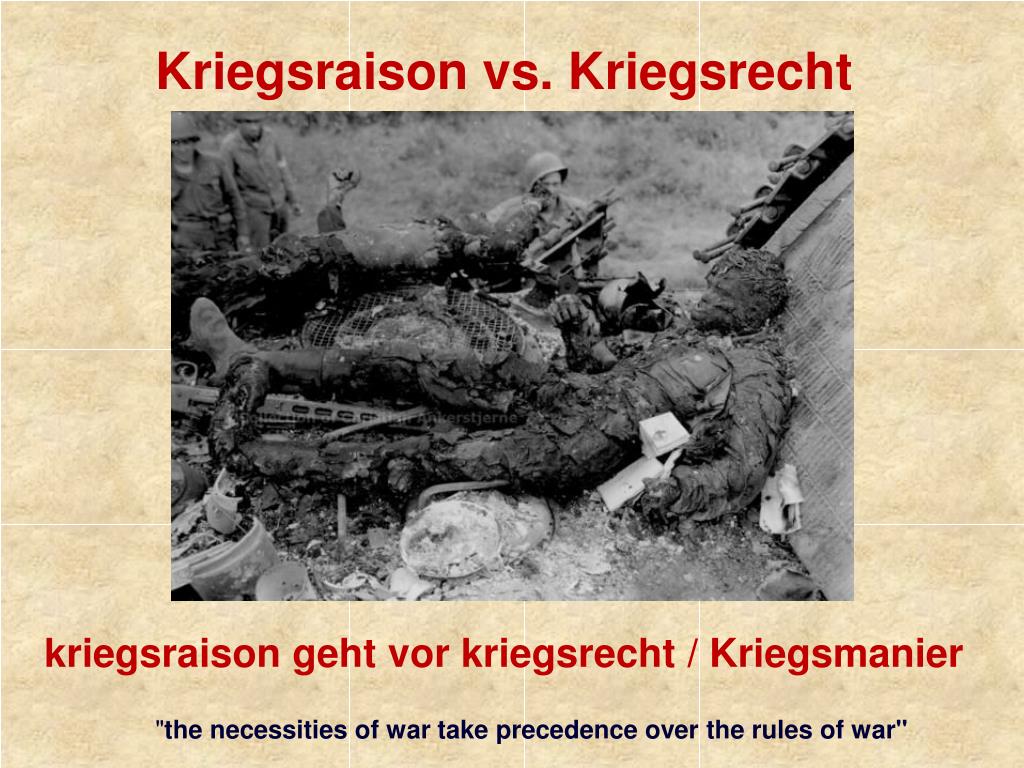
Since then, a steady cadence of international legal developments have expressly addressed the environment in armed conflict, including the International Court of Justice’s 1996 Nuclear Weapons Advisory Opinion, the 1998 Rome Statute, the Eritrea-Ethiopia Claims Commission, UN Environmental Assembly resolutions, and the recent Treaty on the Prohibition of Nuclear Weapons.Īlongside these developments, UNEP post-conflict environmental assessments, civil society and others have documented how the environment has continued to suffer in war, even when there are no black smoke-filled skies from blazing oil preoccupying public attention.

Next, the burning and spilling of oil in Kuwait during the 1990–1991 Gulf War triggered a burst of action in the UN Security Council and General Assembly. In the 1970s, the extensive use of herbicides during the Vietnam War drove the adoption of the 1976 ENMOD Convention and, right on its heels, Articles 35(3) and 55 in 1977 Additional Protocol I (AP I). International law’s protection of the environment in war has seen ebbs and flows over time. Here we give a potted history of law, war and the environment, introduce the ICRC’s updated Guidelines on the Protection of the Natural Environment in Armed Conflict – as one contribution among many other necessary efforts to address the environment and climate crisis – and spotlight five key take-aways. At the same time, countries enduring conflict are on the front line of climate change: of the 25 countries most vulnerable to climate change and least ready to adapt, 14 are mired in conflict.Īgainst the backdrop of this grim collision of conflict, climate risks and environmental degradation, international law prescribes a range of action. Conservation Biology scholars have concluded that over 80% of all major armed conflicts between 19 took place directly in biodiversity hotspots, and according to UNEP, at least 40% of non-international armed conflicts between 1950-2009 were related to natural resources.

It’s no coincidence: today’s armed conflicts largely unfold across the epicentres of our global environmental and climate crisis.

Fighting without a Planet B: how IHL protects the natural environment in armed conflict.


 0 kommentar(er)
0 kommentar(er)
